Villa d'Este Cascades and Fountains The Italians were so enamored by waterfalls that they imitated them. The Villa d'Este is a great example. The Villa d'Este was commissioned by Cardinal Ippolito II d'Este, son of Alfonso I d'Este and Lucrezia Borgia and grandson of Pope Alexander VI. He had been appointed Governor of Tivoli by Pope Julius III, with the gift of the existing palace,which he had entirely reconstructed to plans of Pirro Ligorio carried out under the direction of the Ferrarese architect-engineer Alberto Galvani, court architect of the Este. The chief painter of the ambitious internal decoration was Livio Agresti from Forlì. From 1550 until his death in 1572, when the villa was nearing completion, Cardinal d'Este created a palatial setting surrounded by a spectacular terraced garden in the late-Renaissance mannerist style, which took advantage of the dramatic slope but required innovations in bringing a sufficient water supply, which was employed in cascades, water tanks, troughs and pools, water jets and fountains, giochi d'acqua (water games). The result is one of the series of great 17th century villas with water-play structures in the hills surrounding the Roman Campagna, such as the Villa Lante, the Villa Farnese at Caprarola and the Villas Aldobrandini and Torlonia in Frascati. Their garden planning and their water features were imitated in the next two centuries from Portugal to Poland. Cascata del Sasso Cascata del Sasso is located in the Marche region in the province of Pesaro-Urbino . With a length of two hundred feet, Cascata del Sasso, a few steps from Sant'Angelo in Vado, is a wonderful find. From a height of 45 feet, the waters of Metauro are thrown down the stepped limestone, giving rise to a cascade considered among the ten largest in Italy. On the left bank, an old mill--no longer in operation--helps to enhance the charm of the landscape. The lake is surrounded by lush vegetation of willows and poplars. It is also possible to find rare species of birds, such as the kingfisher. 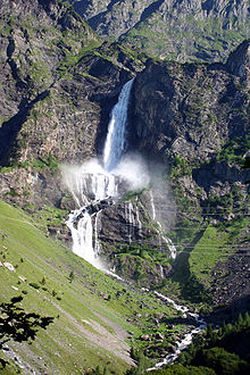 Cascate del Serio The Serio Waterfalls are located in the town of Valbondione , in the upper valley Seriana , in the Province of Bergamo . It consists of three stepped falls: one at 545' high and two at 250' each, for a total height of over 1000 feet. It ranks it among the highest waterfalls in both Italy and Europe. When the dam opened, the man made reservoir that filled up behind it called Lago di Barbellino was partially drained only four or five days a year, thus determining when the stunning Cascate del Serio would flow. Tourists can see Italy’s tallest waterfall in all its glory between June and October, on a specific day of each month for a period of only thirty minutes so be sure to book you place to watch it well in advance! A fascinating legend associated with Cascate del Serio tells the story of a woman who fell in love with a Shepard who was betrothed to another. In her jealousy, the woman captured his fiancé and imprisoned her in a castle situated above the waterfall. The fiancé was so broken hearted at this tragic turn of events that her tears became what is now Cascate del Serio!
Stroppia Cascata In the Italian Alps there is the little known, Stroppia Cascata--perhaps the highest waterfall in Italy. An impressive jump of over 1600 feet, from the valley called Vallonasso, until the central valley Maira. The falls are visible beyond the town of Chiappera (Val Maira), in the province of Cuneo, reached just after the village of Saretto, both hamlets of Acceglio . Hiking up a trail from Icardi you can pass near the falls, and admire them in all their beauty. They are also visible on on excursions or climbing the nearby Rocca Provencal . Novalesa
Cascate Fraggia Cascate Fraggia are located in the municipality of Piuro and are formed from the stream that comes from altitude of 10,000 feet from Pizzo Lake. The creek about a 3000 feet downstream form the Lago Fraggia. From there originate a sequence of drops of water, of which the lower falls drops 500 feet into a double cascade. The river continues downstream, frequently interrupted by jumps, rapids and pools.
Pianazzo Cascata del Catino Near the border of Switzerland, these two waterfalls are fed by the waters of the Scalcoggia. Cascata del Cantino with a 330 feet drop and Pianazzo at 590 feet. Cantino is the more interesting because of its stone bridge at the bottom of the cascade, leading to a smaller cascade leading into a basic below. Both are reached easily by short walks. The walk heads off from Madesimo to Pianazzo along the old road which in the past was used by vehicles, but after the opening of a new tunnel (1974) became a thoroughfare reserved exclusively for pedestrians. It’s a gentle walk, suitable even for walkers with wheel chairs. It is illuminated at night. Pianazzo is the highest waterfall in the Valchiavenna area set in a wonderful alpine village.
Niagra Rio Verde The Niagara Rio Verde is located in the town of Borrello in the province of Chieti, in the Nature Reserve Niagara Verde. Rio Verde is one of the highest natural waterfalls of the Apennines, formed by a triple jump which together measure 700 feet. The falls are fed by the Rio Verde, with variable water flow during the year, which flows into the river Sangro. The rocks they fall over have a stepped appearance which adds to their effect. The area of the falls also has interesting microclimate with interesting mosses, lichen, ferns and fauna.
--Jerry Finzi
If you enjoyed this post, please LIKE it and share with your friends. Ciao! Copyright, Jerry Finzi, Grand Voyage Italy, All rights reserved .
0 Comments
Your comment will be posted after it is approved.
Leave a Reply. |
Categories
All
Archive
June 2024
|


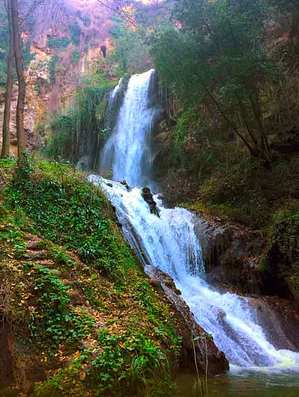
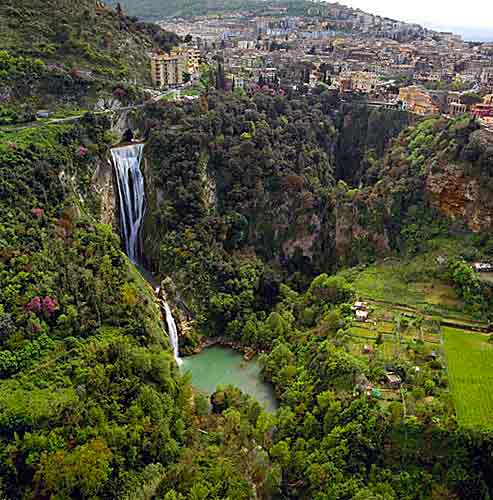
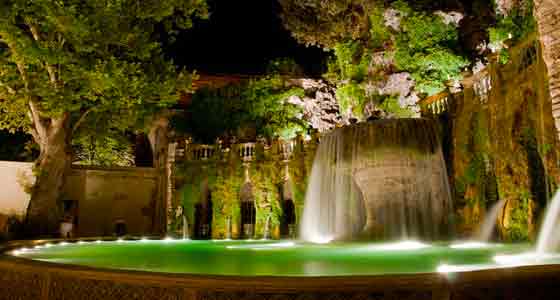

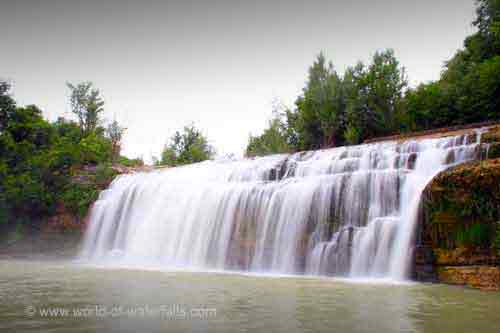
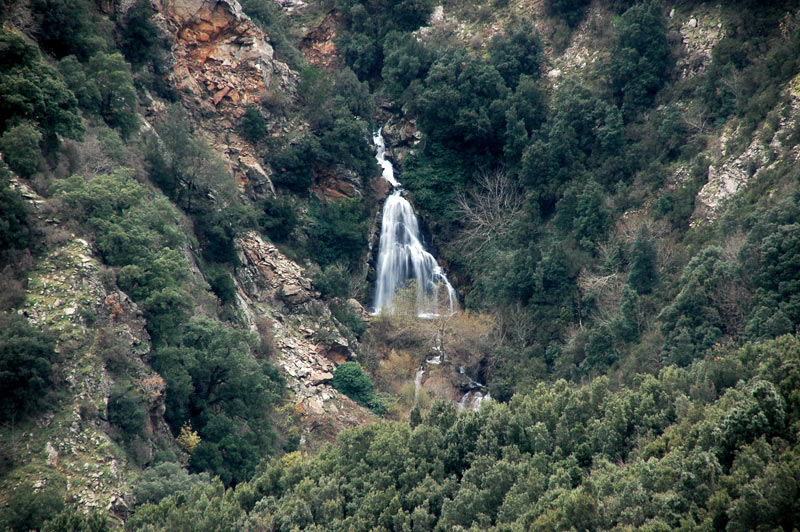
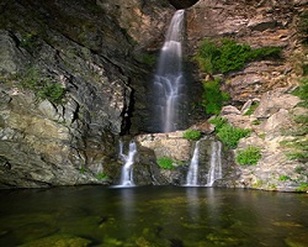
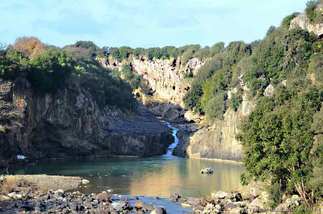
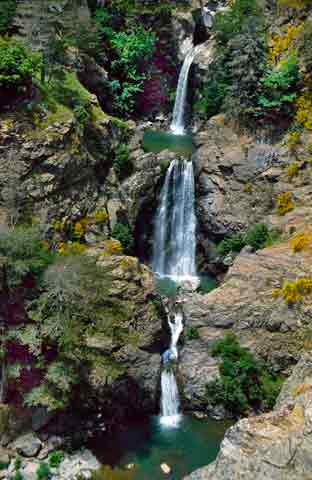
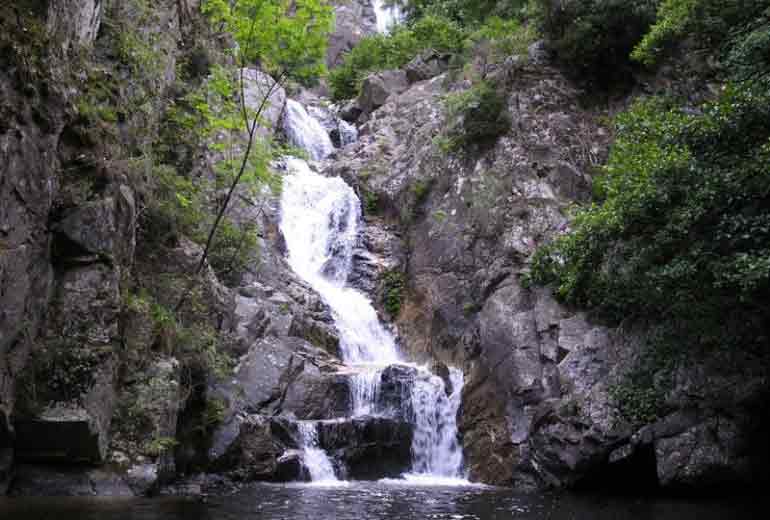
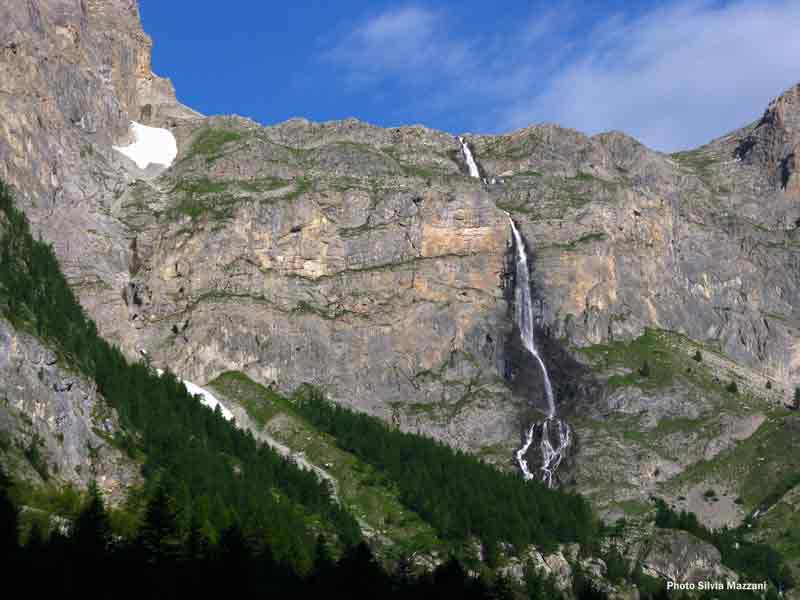
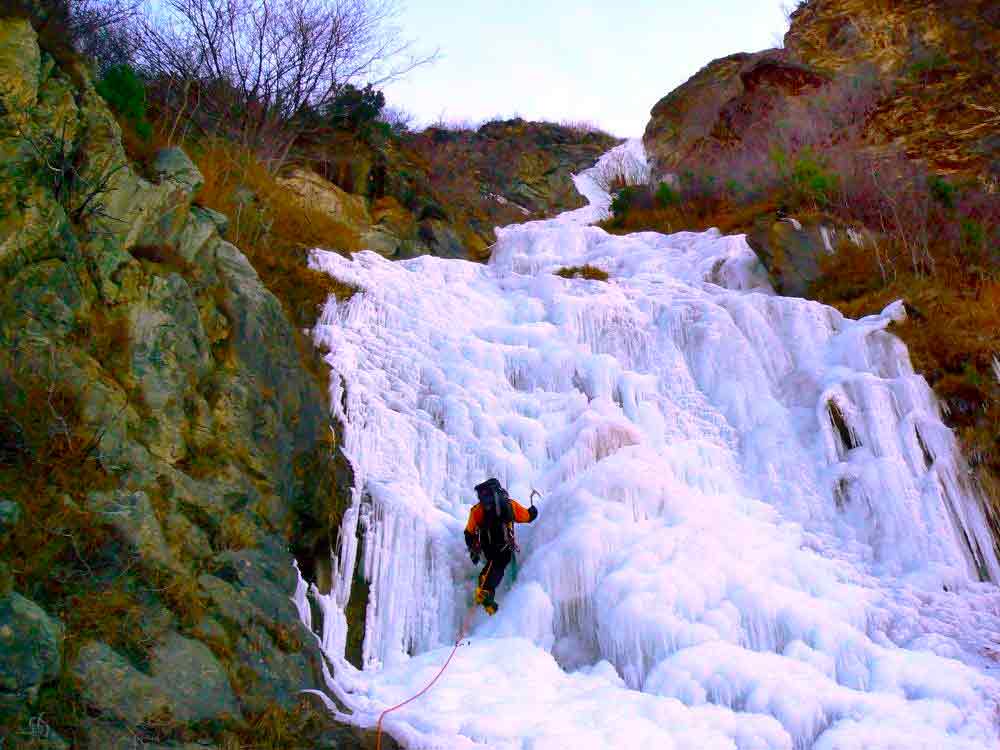
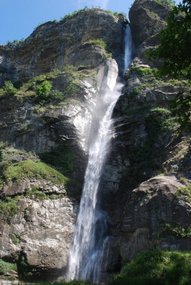
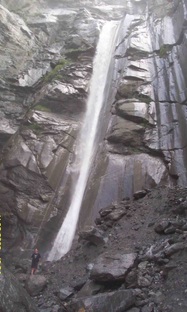
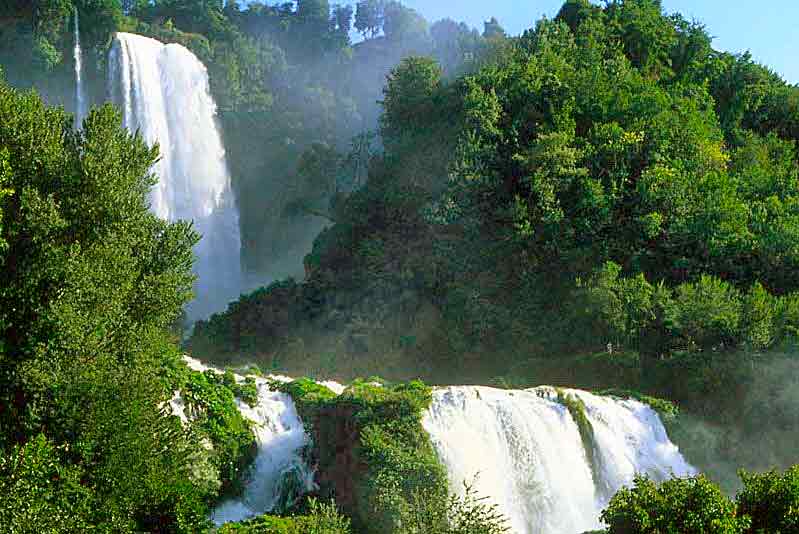
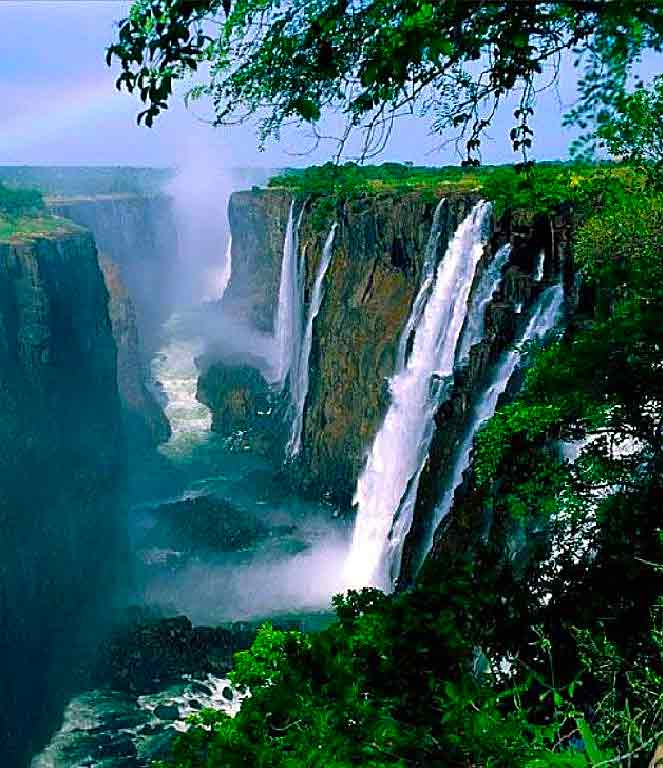
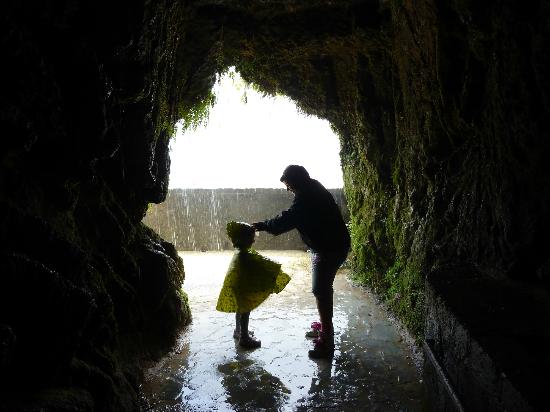
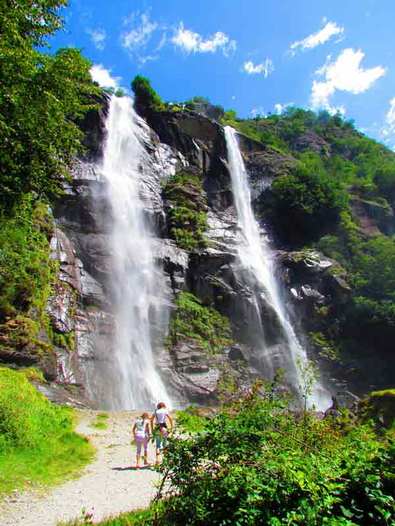
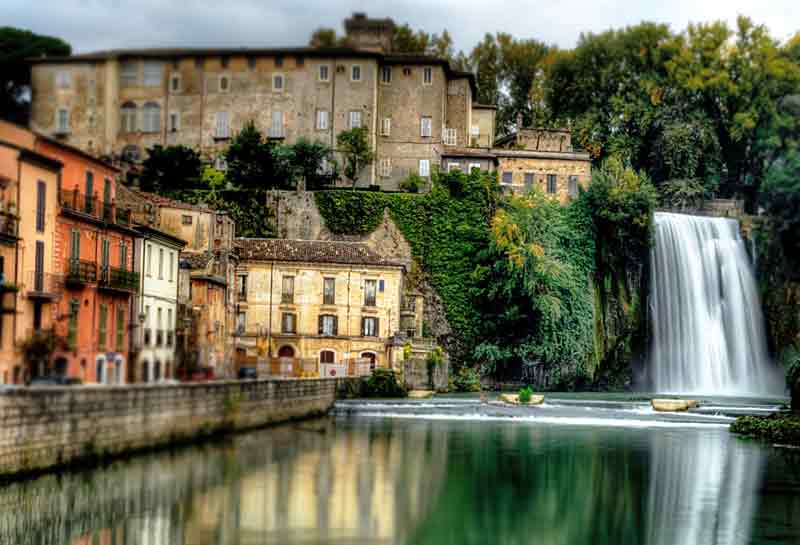
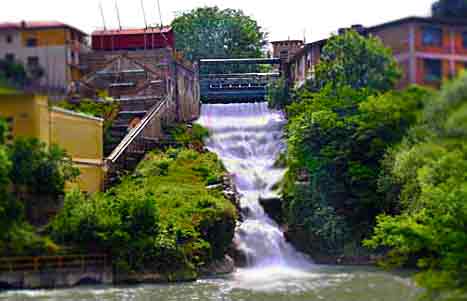
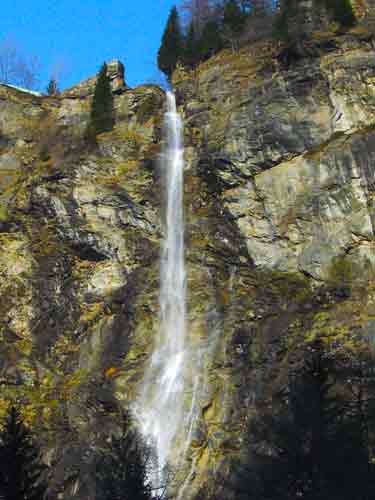
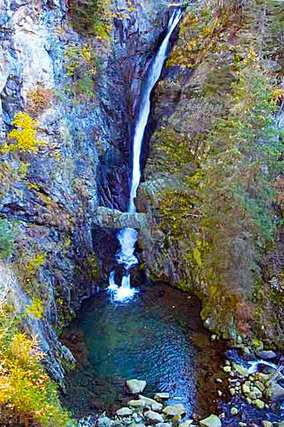
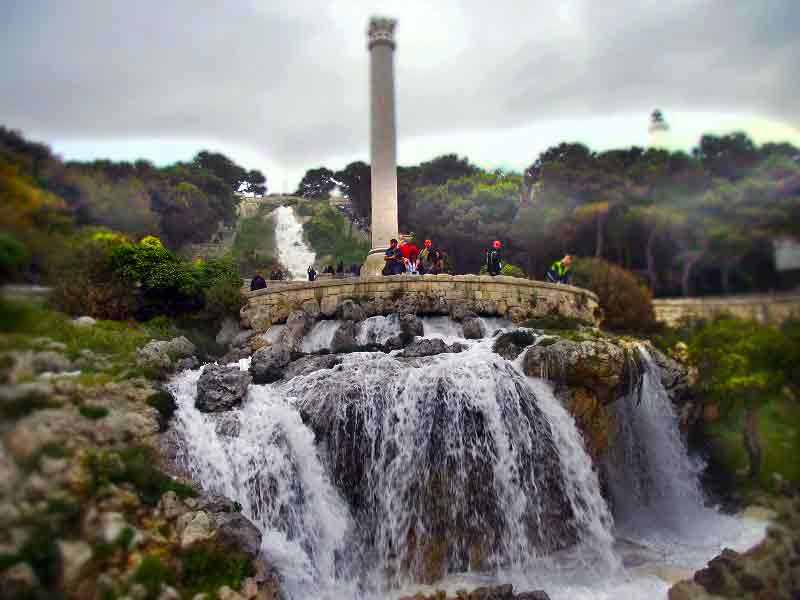
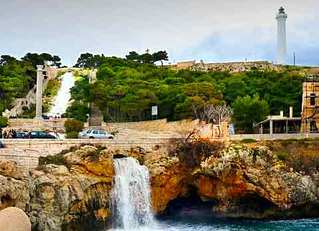
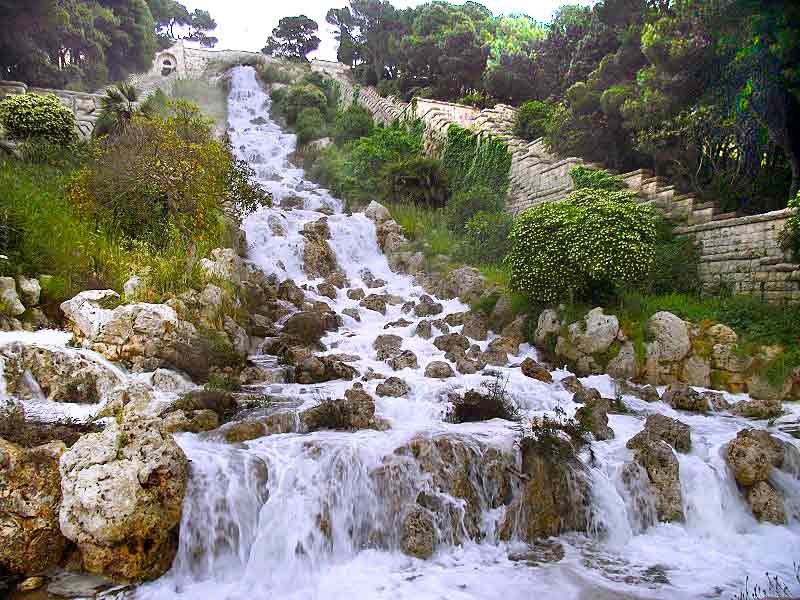
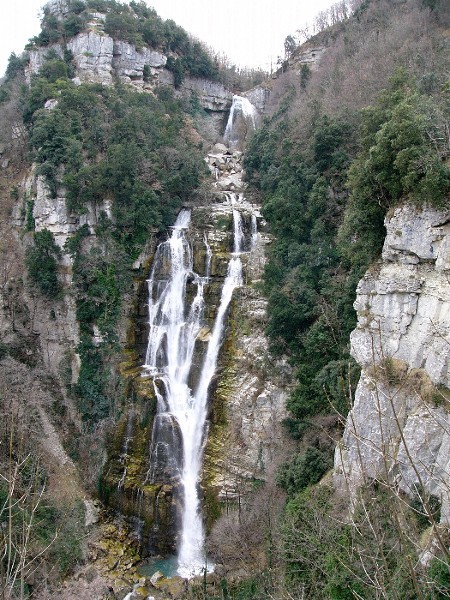
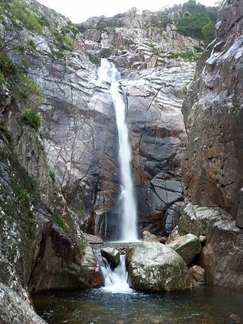
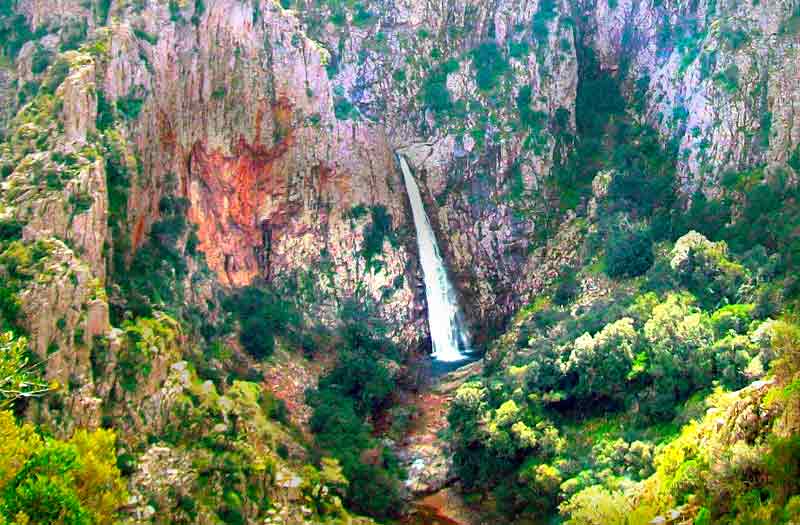
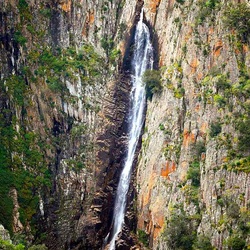


 RSS Feed
RSS Feed
